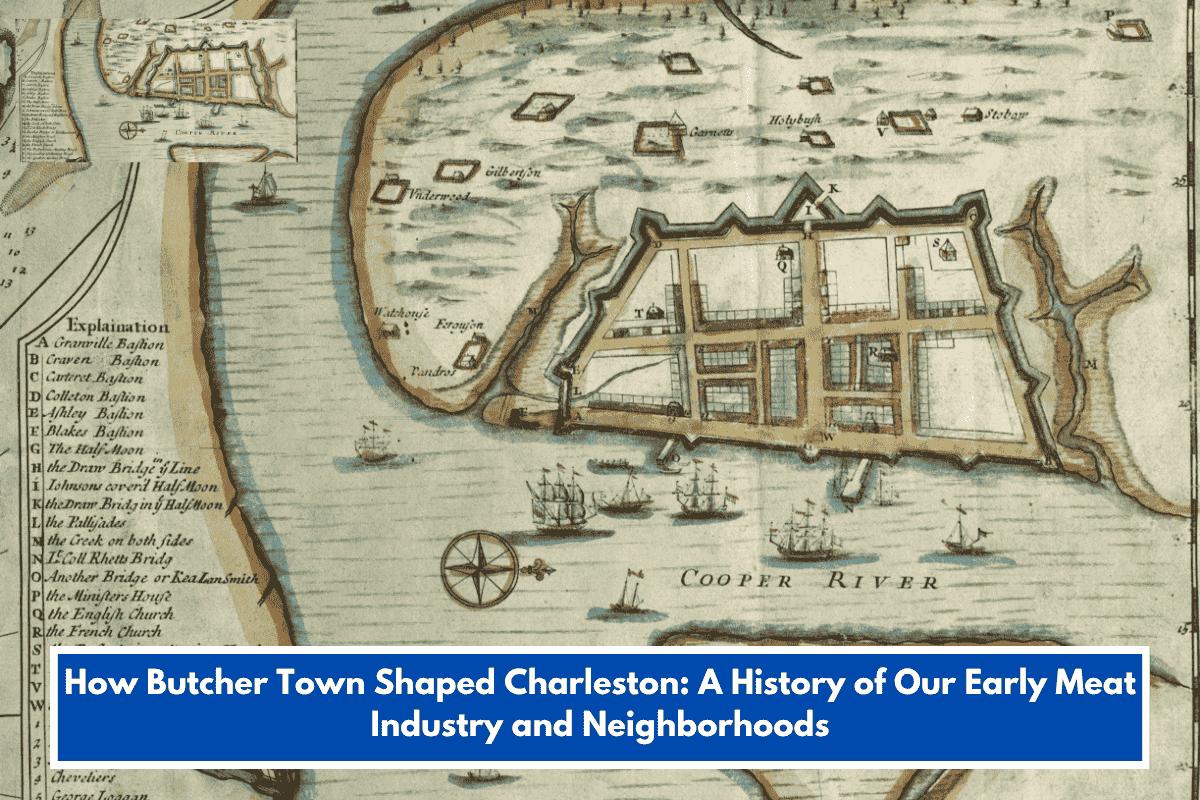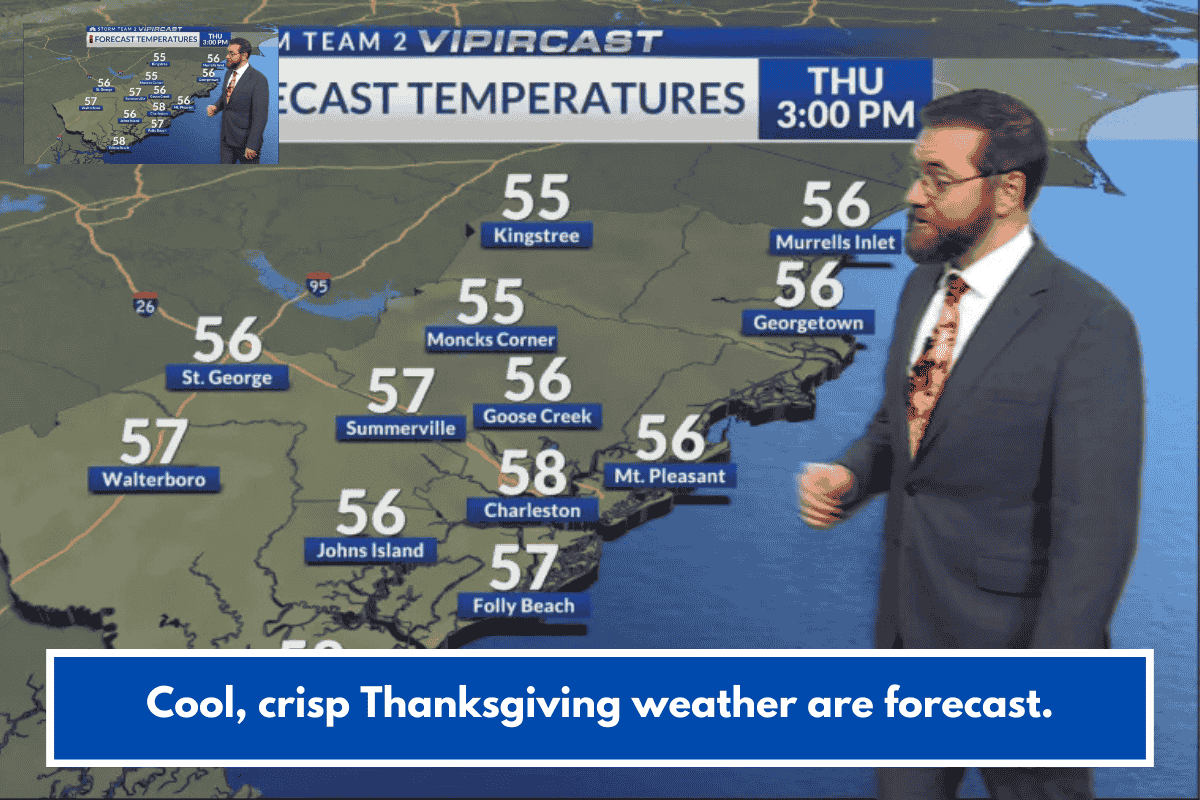In early Charleston, South Carolina, residents lived near the animals they ate. Cattle, pigs, lambs, and goats were frequently seen on the streets as they were transported to slaughterhouses. This approach caused public health and sanitation issues. City officials responded by relocating slaughterhouses away from the city center.
By the late 1690s and into the 18th century, a northern neighborhood called Butcher Town had been established for meat processing. The decision was based on practical considerations and public health. Prior to mechanical refrigeration, meat had to be slaughtered near to where people lived to stay fresh. However, the method created powerful scents and was thought to be harmful to one’s health.
This circumstance prompted early efforts to divide Charleston’s business and residential areas. Livestock came to South Carolina in the early 1670s from colonies such as Virginia and New York. Cattle raising and meat processing were significant to the local economy within ten years, much before crops like rice and cotton.
The region’s grasslands assisted settlers in expanding their herds, with the majority of the beef exported. The trade comprised numerous steps. Both free and enslaved laborers drove livestock from rural areas to Charleston via what is now King Street. Butchers processed the animals, salted the flesh, and stored it in barrels. The barrels were carried to England, the Caribbean, and other colonies.
The industry also helped linked firms. Rendering plants produced tallow for soap and candles. Hooves were utilized as glue, and tanneries produced leather. The development of Butcher Town altered Charleston’s structure and economy, demonstrating the city’s efforts to manage growth, business, and public health.














